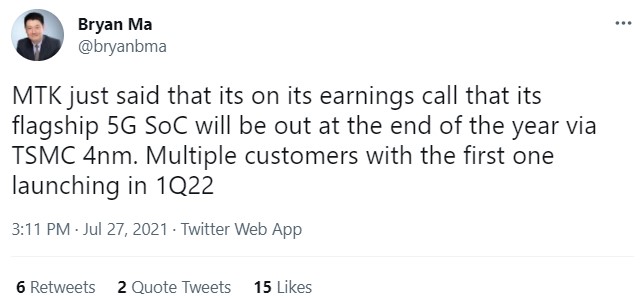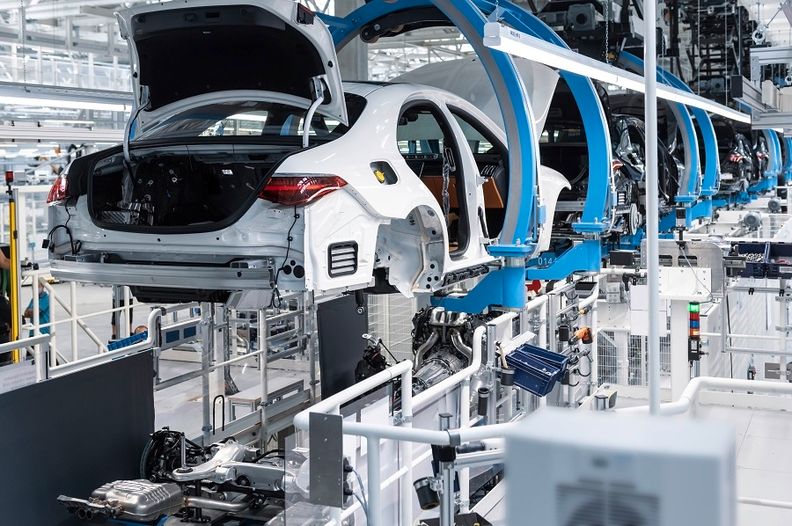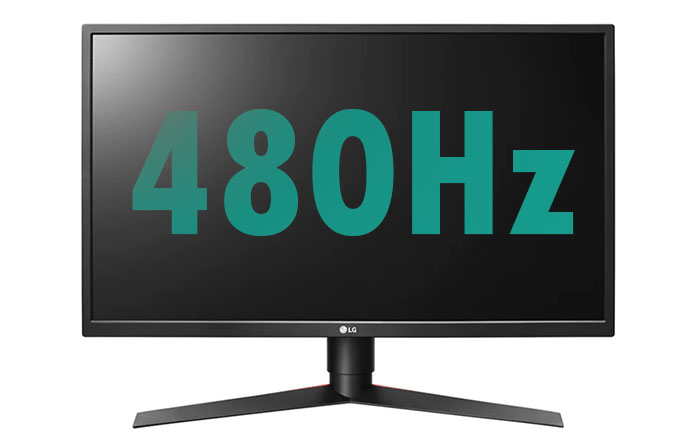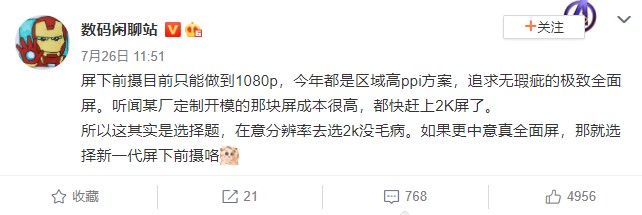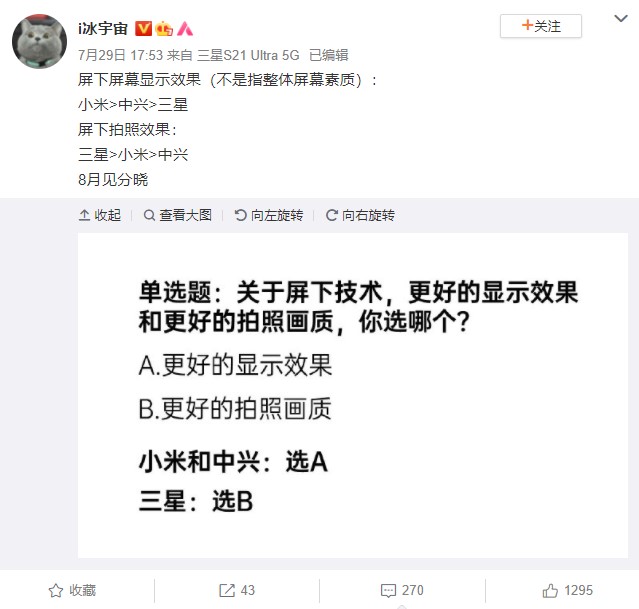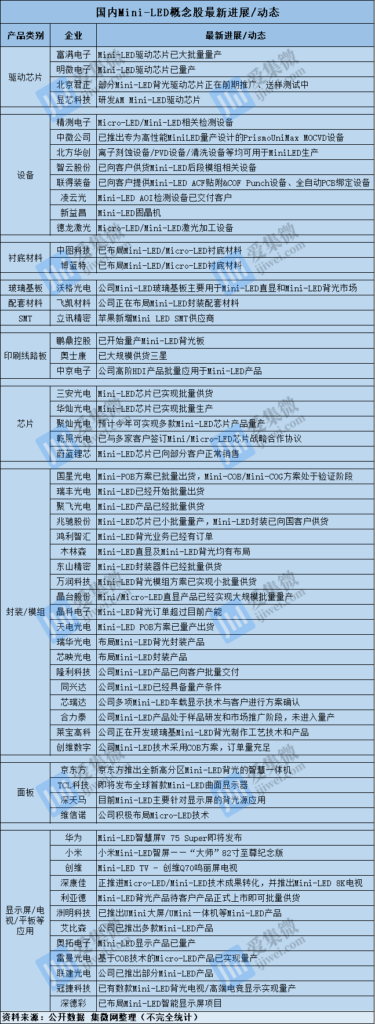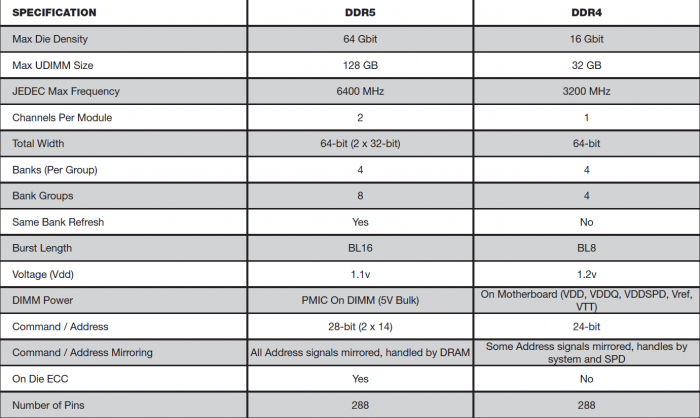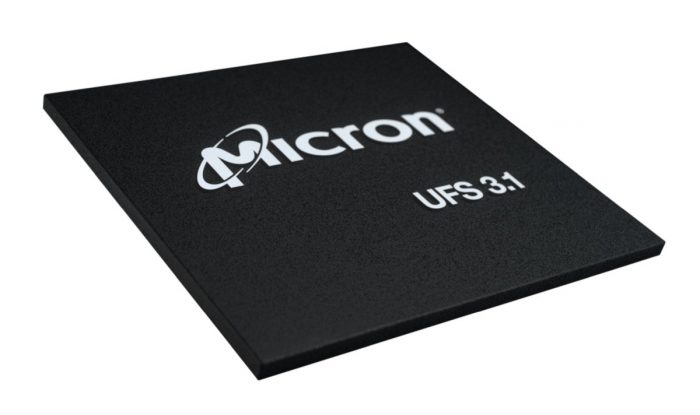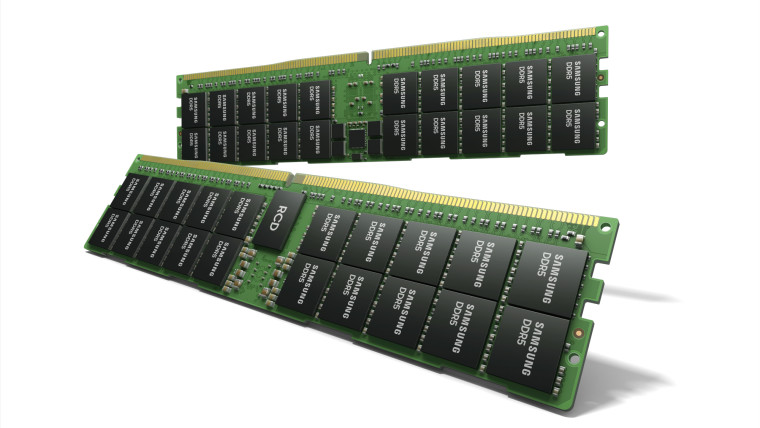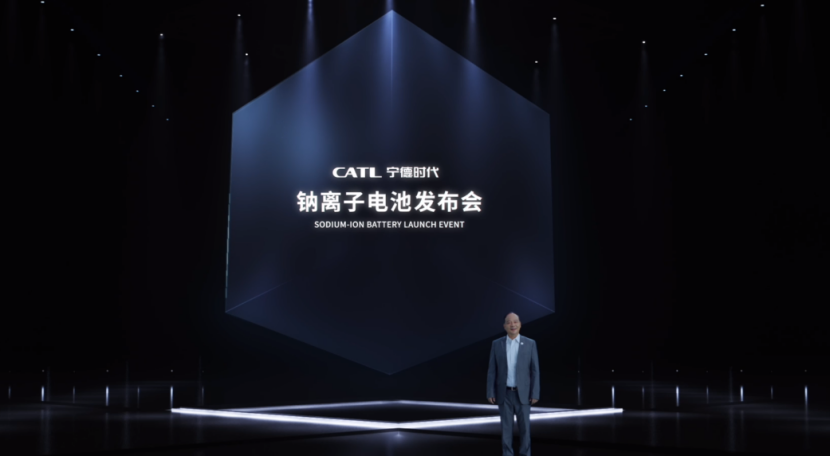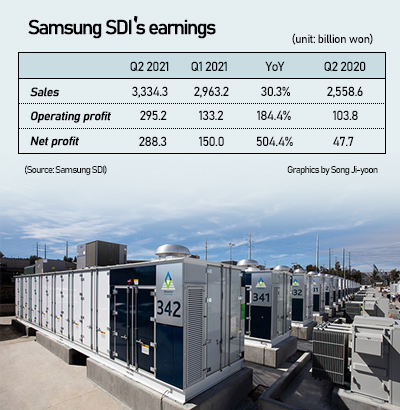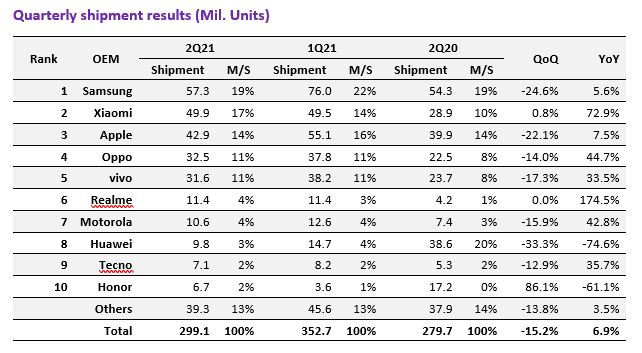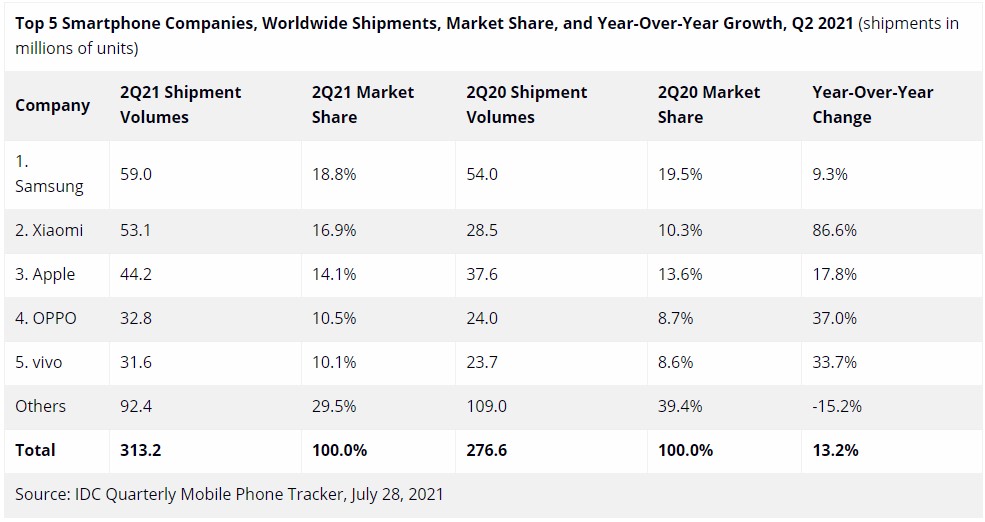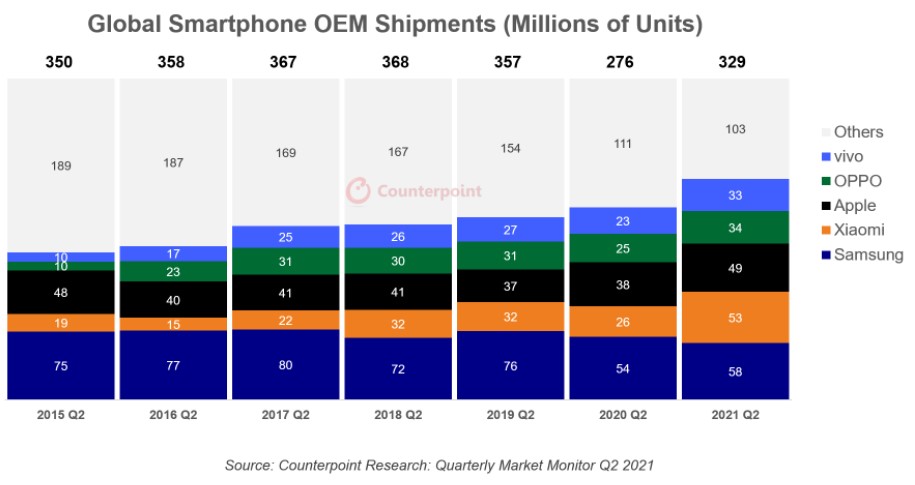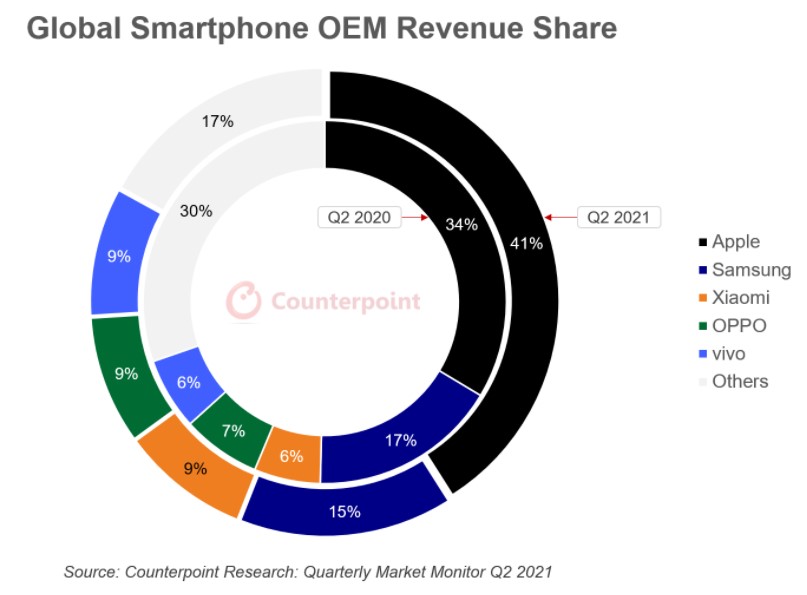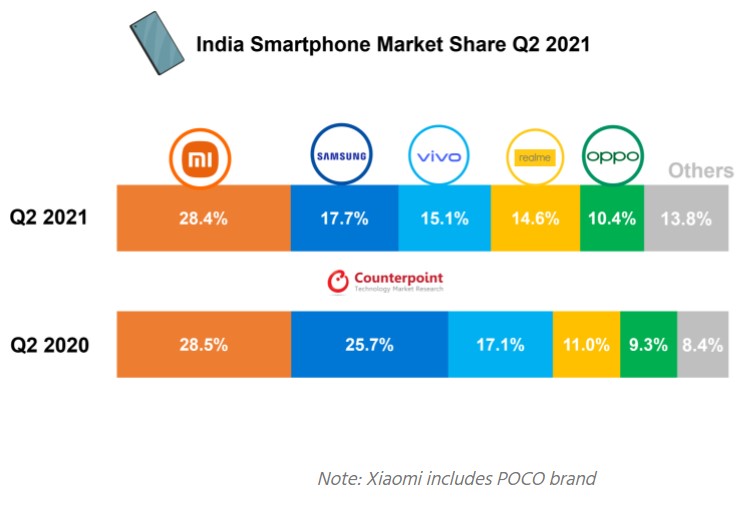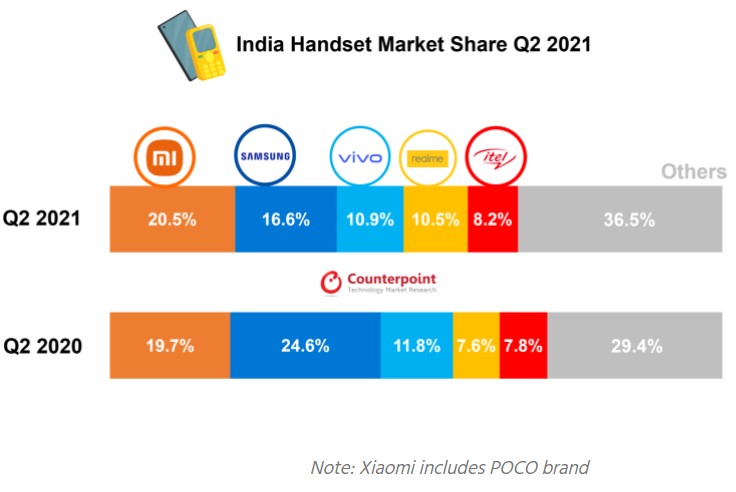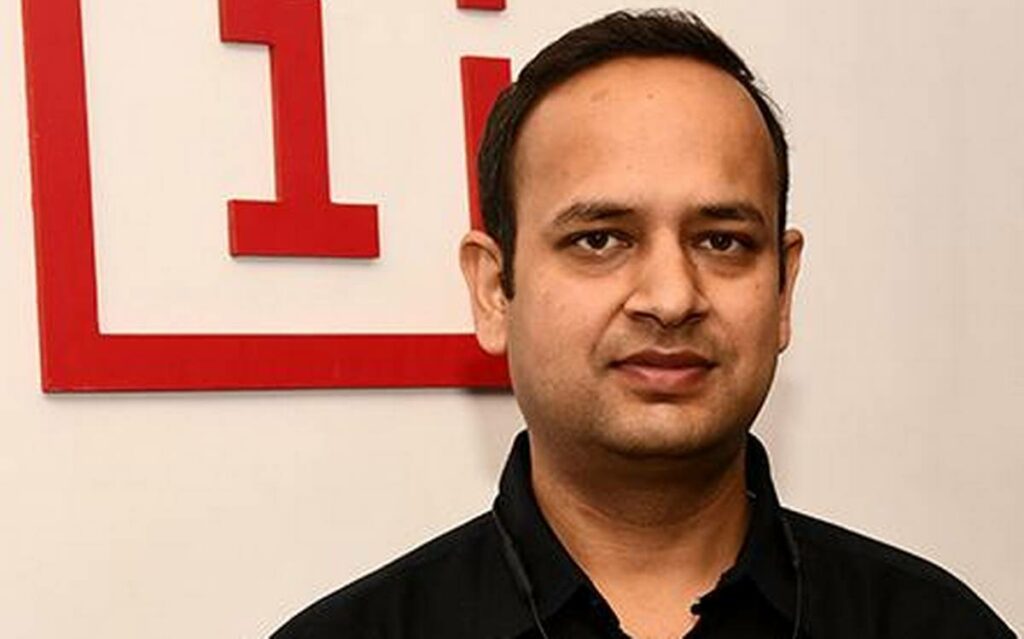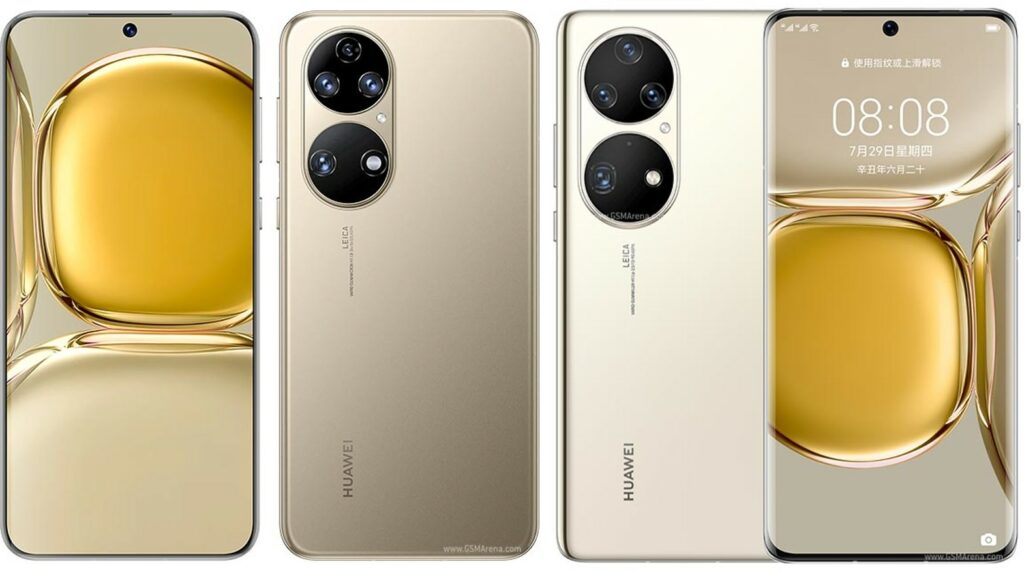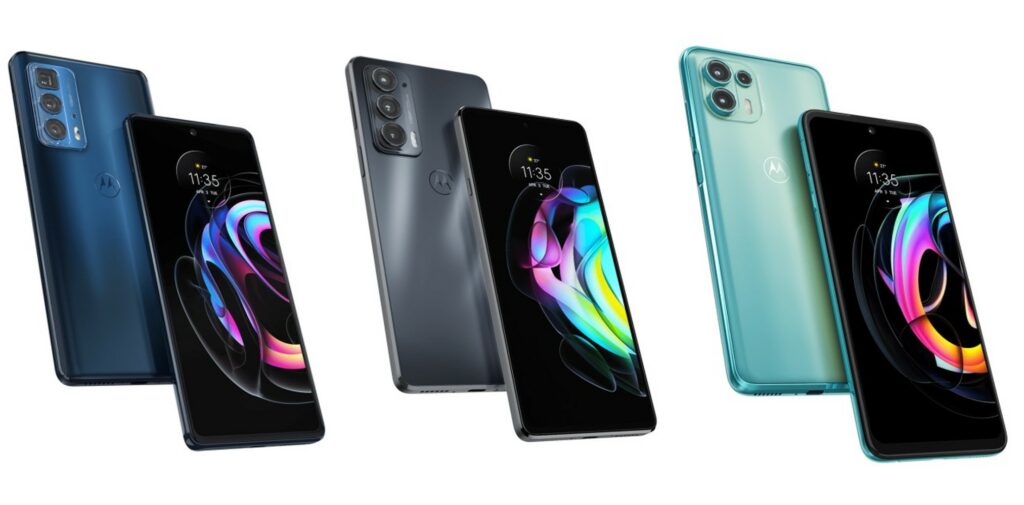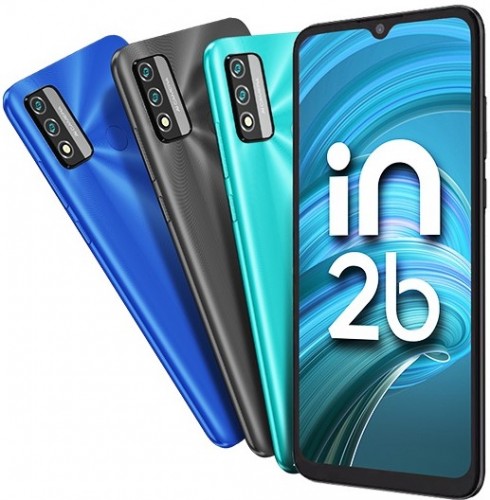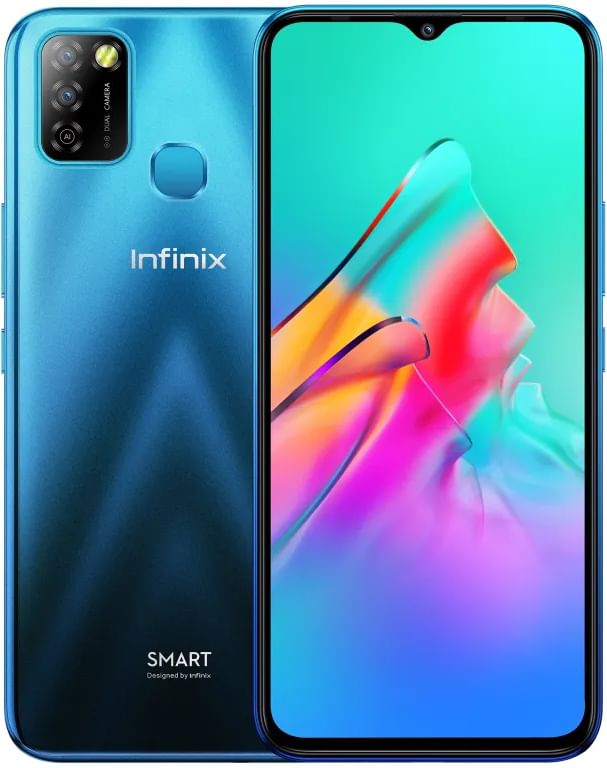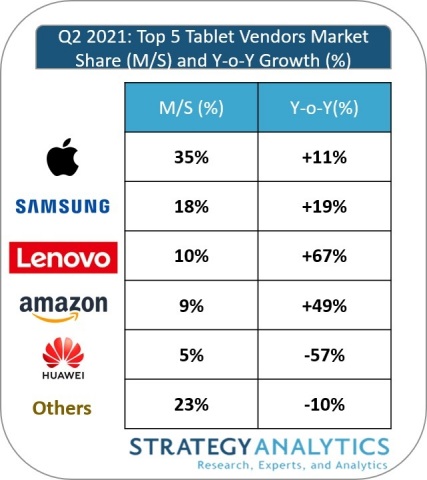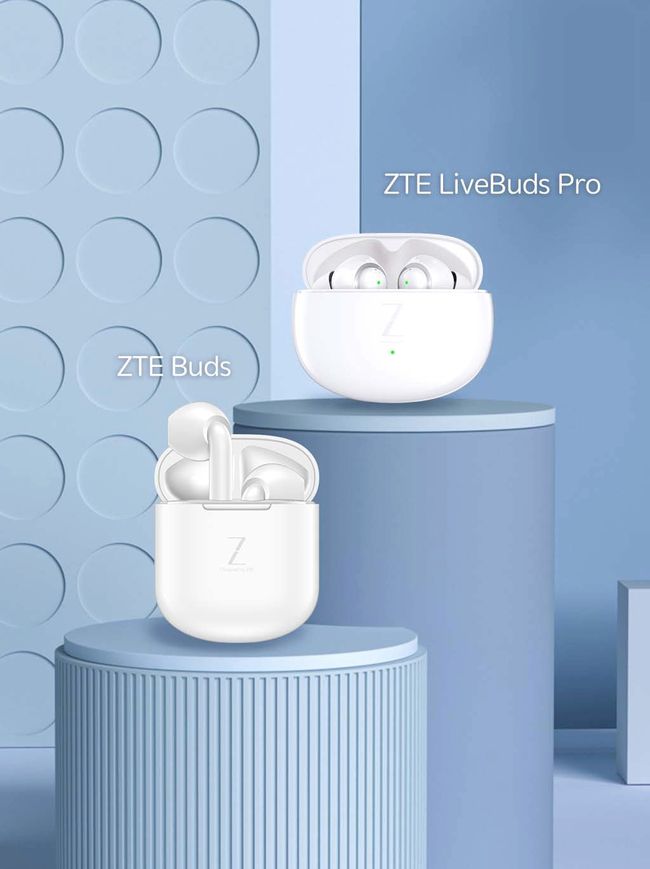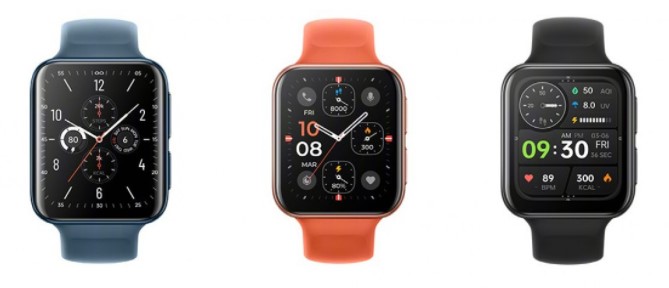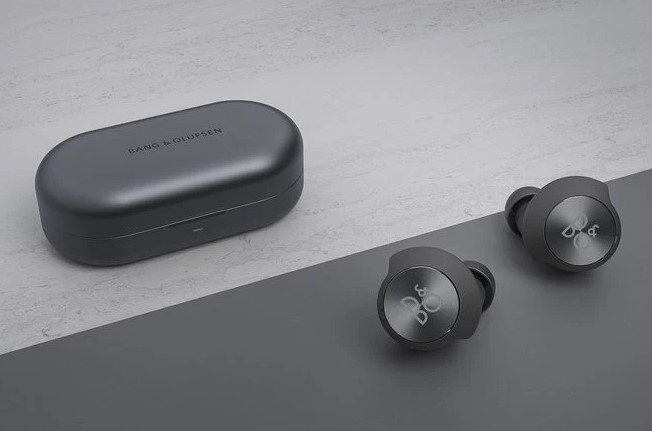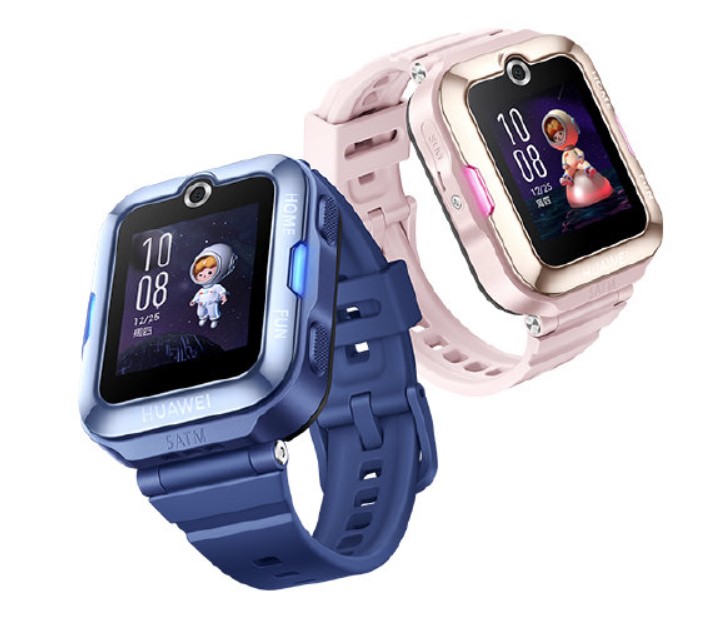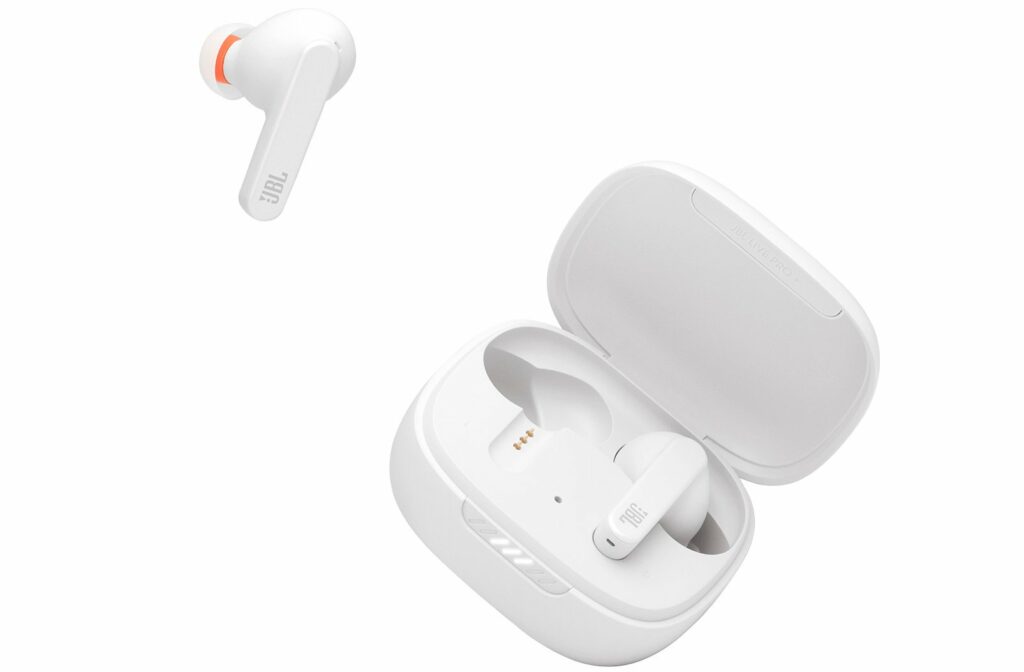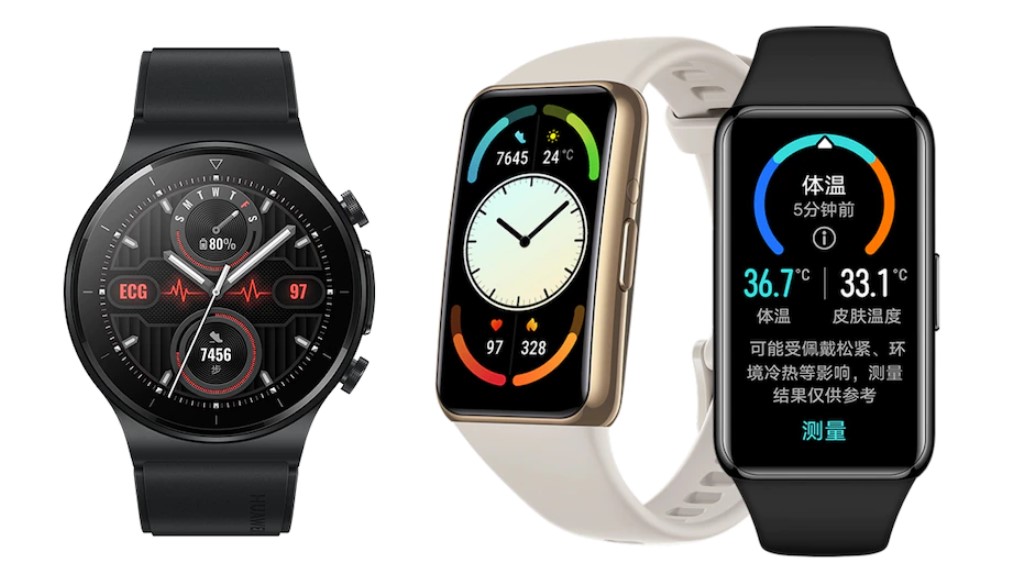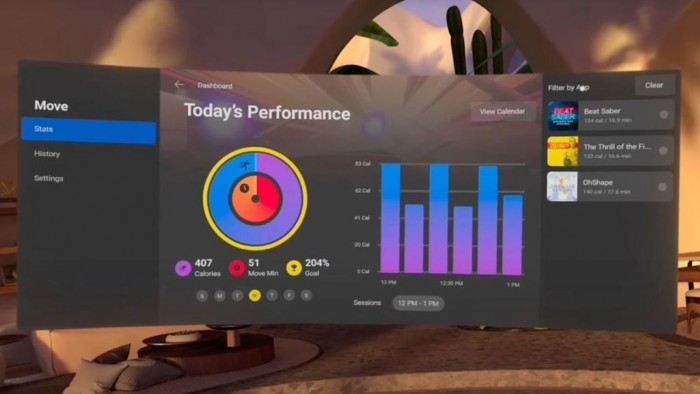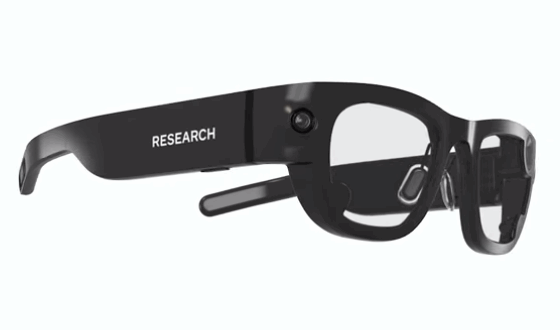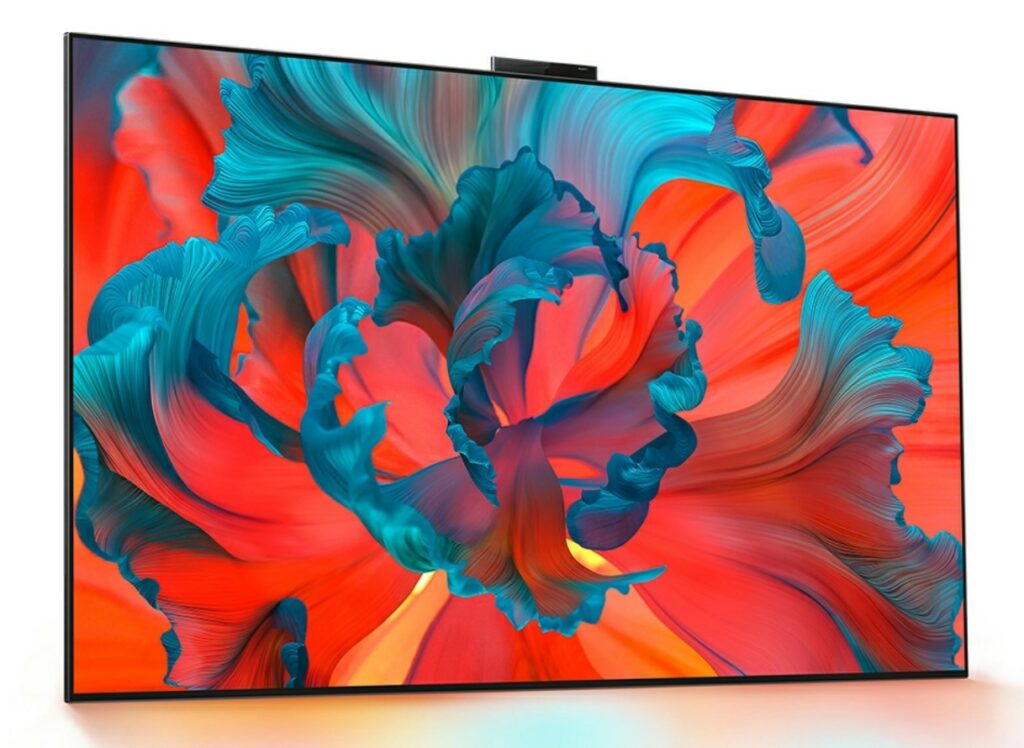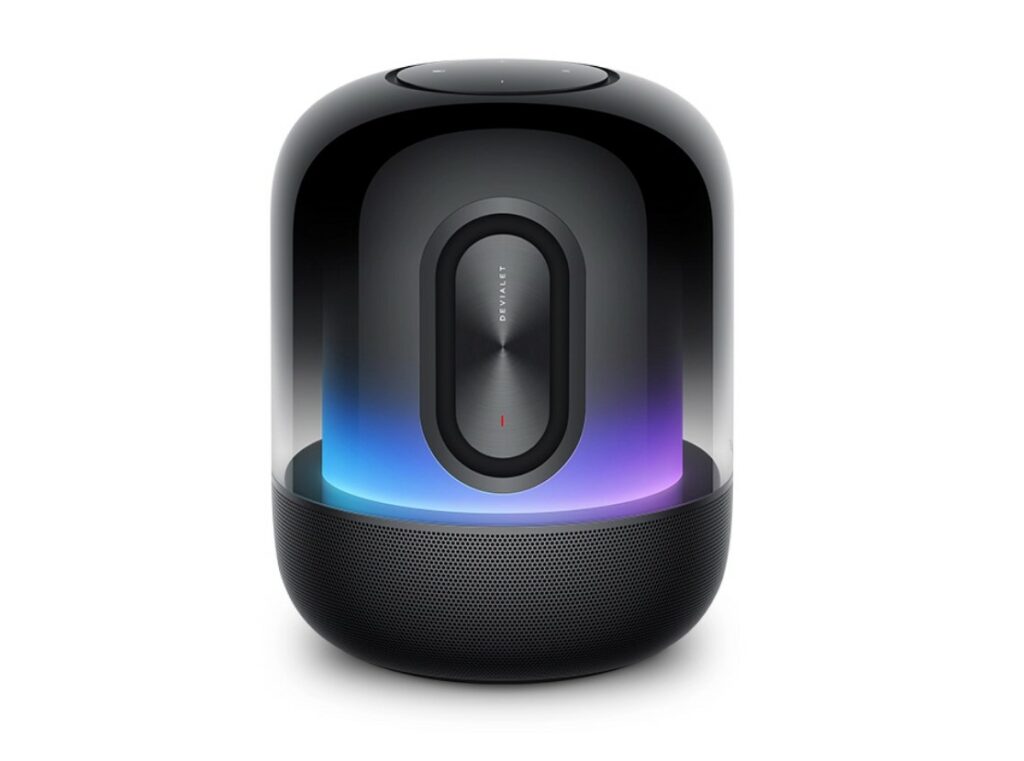
7-31 #VIP : CATL has announced the first generation of sodium-ion batteries; OnePlus aims to sell 25M units of Nord series phones by the end of 2023; MediaTek has revealed that its next flagship 5G SoC will be based on the TSMC 4nm process; etc.
With the PC market experiencing its first big growth in 10 years earlier in 2021, there are some signs recently that laptop and PC sales could be starting to slow again amid a global chip shortage. Microsoft’s Windows results 2Q21 reflect that. Windows OEM revenue has declined by 3%, in what Microsoft blames on “supply chain constraints”. Windows non-pro OEM revenue also declined 4%, with Windows OEM Pro revenue also down, by 2%. (The Verge, Microsoft)
Qualcomm’s next high-end smartphone chipset will allegedly be called the Snapdragon 898. The chip will be based on ARM’s new ARMv9 architecture. The prime core will be based on the ARM Cortex-X2 CPU, which is the successor to the Cortex-X1 core on which Snapdragon 888’s Kryo 680 is based. ARM claims that it is 16% faster than the X1. (Phone Arena, Android Authority, Weibo)
MediaTek has revealed that its next flagship 5G SoC will be based on the TSMC 4nm process, may be “Dimensity 2000”, and will enter production in 2021. It would be a successor of Dimensity 1000. The first phones running on the new chip will launch as early as 1Q22. Dimensity 2000 is expected to be equipped with Cortex X2, A79 and other architectures, and GPU will also be equipped with G79 architecture. (CN Beta, GSM Arena, Twitter, DealnTech)
STMicroelectronics CEO Jean-Marc Chery has revealed that the global chip shortage that is hampering production forecasts for big companies like Apple and Volkswagen AG will continue until the 1H23. By “normal situation,” Chery has said it meant regular chip inventory levels and an average delay of about 3 months to replenish components. (CN Beta, Reuters, Reuters)
Bestechnic (BES) has revealed that the OPPO Encofree 2, Huawei FreeBuds 4i, Honor Earbuds 2 SE and other products released in 2021 all use the company’s BES2500 series of chips. BES2500 series TWS headset master SoC chip supports Bluetooth 5.2 and LEAudio, supports active noise reduction and call noise reduction, while achieving lower power consumption, with an average power consumption of less than 5mA, which can achieve long battery life or small size headsets design. (Laoyaoba, Sohu)
According to the latest data from industry forecasting firm AutoForecast Solutions, the Chinese plant has reduced planned production by 355,000 units in recent weeks. North American automakers also felt a further pinch. AFS estimates that the factory has cut an additional 106,000 cars and trucks from production plans due to a shortage of chips. AFS currently estimates that the crisis has reduced global production by 5.6M units so far, which could reach 6.9M units. (Laoyaoba, Auto News, Auto Bala, Sohu)
Daimler is reducing Mercedes-Benz production at three plants in Germany and temporarily halting output its factory in Hungary due to a shortage of semiconductors. The automaker has introduced short-time working for employees at the Mercedes plants in Sindelfingen, Rastatt and Bremen in Germany. (Auto News, Laoyaoba)
TSMC is expected to produce 2nm products starting from 2022. If so, it is likely to become more difficult for Samsung to catch up with TSMC. Samsung Electronics is planning to initiate 3nm GAA chip mass production in 2022. Samsung Electronics, meanwhile, has yet to finalize its investment plan, although it already developed 2nm chips. The company is planning to manufacture 3nm GAA products in 2022 and more advanced 3nm GAA products in 2023. Samsung has yet to decide where to build its new U.S. foundry, too. It announced in May 2021 that it would build the foundry at an investment of USD17B. (CN Beta, Business Korea)
AUO and LG Display (LGD) are reproetedly busy preparing a range of new panels with headline refresh rates of up to 480Hz. AUO is readying 1440p 360Hz screens, with mass production scheduled for later I n2021. It has 1080p at 480Hz, and 4K panels at 240Hz lined up too, for production starting in 2022. LGD has a 24.5” 1080p display panel with a 480Hz refresh rate planned for production “in late 2022”. (CN Beta, Hexus, SWE Clockers)
A variety of flagships with camera under display (CuD), such as Xiaomi MIX 4, ZTE Axon 30 under-screen version, Samsung Galaxy Z Fold3 and so on to be launched in 2H21. Currently the CuD technology can only achieve 1080P, and 2K screens are all digging screen solutions. There are 2 aspects to the CuD technology: (1) screen display quality, and (2) image quality aspect. For the under-screen display effect, Xiaomi is reportedly better than ZTE and Samsung. However, in terms of the under-screen camera effect, Samsung is better than Xiaomi and ZTE. (GizChina, My Drivers, Weibo)
Huawei Smart Screen V 75 Super with a MiniLED panel is announced. The MiniLED is a self-developed Honghu SuperMiniLED precision matrix backlight solution. The area of the MiniLED chip used (0.075mm²) is only 1/120 of the area of the traditional LED lamp bead (9mm²). Thus, up to 46080 MiniLED chips can be placed under a 75” screen. The massive number of MiniLED chips provides an exaggerated picture performance: 2880 physical partitions, bringing up to tens of millions of contrasts, and supporting HDR peak brightness of up to 3000nit. (Gizmo China, My Drivers, Sina)
JEDEC Solid State Technology Association, the global leader in standards development for the microelectronics industry, today announced the publication of JESD209-5B, Low Power Double Data Rate 5 (LPDDR5). JESD209-5B includes both an update to the LPDDR5 standard that is focused on improving performance, power and flexibility, and a new LPDDR5X standard, which is an optional extension to LPDDR5. (My Drivers, JEDEC, Business Wire)
SK Hynix has confirmed that it will begin volume production of DDR5 memory in 2H21. The company has also announced that it will also begin supplying its 1anm DRAM chips that are mass-produced using EUV lithography. SK Hynix will also focus on its high-capacity server DRAMs with capacities larger than 64GB. It is stated that moving from DDR3 to DDR4 all the way back in 2013, there was a 33% increase in bandwidth (1600Mbps to 2133Mbps). (CN Beta, Tom’s Hardware, WCCFtech, SK Hynix)
Micron introduced 176-layer NAND memory in 2020. It is already available in PCIe SSDs, and now the company says it’s bringing the technology to mobile devices. The first 176-layer NAND UFS 3.1 storage is now shipping to customers, and Micron says it enables sequential write speeds up to 1,500MB/s. Micron says its new 176-layer NAND UFS 3.1 storage offers up to 70% faster random read performance than the company’s previous-gen 96-layer solution, and up to 75% faster sequential write speeds. (Liliputing, Micron)
Samsung is developing 24Gb DDR5 memory devices at the request of its customers that operate cloud datacenters. Such ICs will enable the company to build memory modules of up to 768GB capacity for servers as well as high-capacity memory solutions for client PCs. In addition, Samsung disclosed some peculiarities about its DRAM technology which uses extreme ultraviolet (EUV) lithography. (CN Beta, Tom’s Hardware, Neowin)
South Korea’s Information and Communication Planning Evaluation Institute (IITP) and Customs Agency has released trade statistics showing that Jan-June 2021, South Korea’s DRAM exports reached USD10.79089B, a YoY increase of 15.8%. South Korea’s DRAM export scale (based on half a year) has exceeded USD10B after a lapse of 3 years after 2H18 (USD17,599.8M) in the semiconductor super cycle. (SEMI, Min.news, Laoyaoba)
Contemporary Amperex Technology Co (CATL) has announced the first generation of sodium-ion batteries. The battery’s energy density of up to 160Wh/kg (the target for the second generation is 200Wh/kg) fast charging up to 80% SOC in 15 minutes at room temperature excellent thermal stability great low-temperature performance. (Laoyaoba, Laoyaoba, Reuters, CATL, Bloomberg, Inside EVs)
Michael Son, senior vice president for Samsung SDI’s strategic marketing team, has confirmed plans to build its first electric vehicle battery plant in the United States. According to Son, electric cars and their major components need to be produced in America from 2025 under the trade deal. It requires at least 75% of car’s components to be manufactured in North America to be exempted from tariffs. (Laoyaoba, Pulse News, Tencent, Korea JoongAng Daily)
JP Morgan Chase has revealed that Apple intends to introduce a titanium alloy to the iPhone for the first time. Titanium’s toughness is only achieved when it used as part of a titanium alloy with other metals. Titanium is also prone to smudges from fingerprints, and its finish can be unattractive.g (GSM Arena, Apple Insider)
The global smartphone market grew 6.9% YoY, to 299.1M units in 2Q21, compared to the 279.7M units shipped in 2Q20, according to Omdia. Shipments reached 651.8M units in 1H21, up 17.4% YoY compared to 1H20, when shipments reached 555.4M units. In further signs of change in the global smartphone picture, Xiaomi took the number 2 position for shipments in a quarter and 1H21 for the first time. The company shipped 49.9M units in 2Q21, second only to Samsung’s 57.3M units. (CN Beta, Omdia)
The rebound from 2020 continued for smartphones in 2Q21 as overall shipment volumes grew 13.2% YoY. According to IDC, smartphone vendors shipped a total of 313.2M devices during the quarter, which further proves this market is headed back toward sustained growth. Every region contributed to the overall growth except for China, where the lack of flagship product launches, weaker than expected demand, and the further decline of the Huawei brand pulled the market down 10% compared to 2Q20. (IDC, GSM Arena)
Global smartphone market grew 19% YoY but declined by 7% QoQ as 329M units were shipped. Xiaomi eclipses 50M smartphones, becoming the world’s second-largest smartphone brand for the first time ever. Samsung retained the number one spot with shipments reaching 58M units in 2Q21, however, its market share declined to 18% as compared to 22% in 1Q21 as its shipments declined by 24% QoQ. Global smartphone shipment revenues grew by 25% YoY to USD96B in 2Q21 setting a second-quarter record. (GizChina, Counterpoint Research)
Lava International has announced a new and unique 100 days warranty offer on its out of warranty repairs. This offer is available to customers and will enable them to get out of warranty Lava handsets repaired. (Gizmo China, Techno Sports, Gadgets 360)
India’s smartphone shipments grew 82% YoY to reach over 33M units in 2Q21, according to Counterpoint Research. However, the market declined 14% sequentially due to a fall in consumer sentiment during the second COVID-19 wave. But the decline was less than expected due to the resilient nature of the smartphone market. Xiaomi (includes POCO) retained the top position in the Indian smartphone market with a 28% share driven by the Redmi 9 series and Redmi Note 10 series. (GSM Arena, Counterpoint Research)
Google has announced a USD2.5M grant to help UNICEF as well as the International Federation of Red Cross and Red Crescent Societies (IFRC), along with partners on the ground, to scale up the COVID-19 response in Southeast Asian countries such as Indonesia, Malaysia, Thailand, Vietnam, the Philippines and Pakistan, where the impact of COVID has been severe. (CN Beta, Google, Business Today)
OnePlus introduced the Nord smartphone series in 2020 with the aim to offer more value at a budget price point. Navnit Nakra, Vice President, Chief Strategy Officer and Head of India Sales, OnePlus India has confirmed in that the company aims to sell 25M units of Nord series phones by the end of 2023. (Gizmo China, BGR)
Huawei P50 series is launched: P50 – 6.5” 1224×2700 HiD Flat OLED 90Hz, Qualcomm Snapdragon 888 4G, rear tri 50MP (1.22µm) OIS-12MP periscope telephoto 5x optical zoom OIS-13MP ultrawide + front 13MP, 8+128 / 8+256GB, HarmonyOS 2.0, fingerprint on display, 4100mAh 66W, IP68 rated, CNY4,488 (USD695) / CNY4,988 (USD772). P50 Pro – 6.6” 1228×2700 HiD Curved OLED 120Hz, Kirin 9000 / Qualcomm Snapdragon 888 4G, rear quad 50MP (1.22µm) OIS-64MP periscope telephoto 3.5x optical zoom OIS-13MP ultrawide-40MP monochrome + front 13MP, 8+128 / 8+256 / 8+512 / 12+512 / 12+512GB, HarmonyOS 2.0, fingerprint on display, 4360mAh 66W, fast wireless charging 50W, IP68 rated, CNY5,988-8,488 (USD927-1,314). (GSM Arena, GSM Arena, CN Beta, My Drivers)
Motorola Edge 20 series is announced: 20 Pro – 6.67” 1080×2400 FHD+ HiD OLED 144Hz, Qualcomm Snapdragon 870 5G, rear quad 108MP OIS-8MP periscope telephoto 5x optical zoom OIS-16MP ultrawide-3D ToF + front 32MP, 12+256GB, Android 11.0, fingerprint on display, 4500mAh 30W, fast wireless charging 15W, reverse wireless charging 5W, EUR700 / GBP650. 20 – 6.67” 1080×2400 FHD+ HiD OLED 144Hz, Qualcomm Snapdragon 778G 5G, rear tri 108MP-16MP ultrawide-8MP periscope telephoto 3x optical zoom + front 32MP, Android 11.0, side fingerprint, 4000mAh 30W, EUR500 / GBP430. 20 Lite – 6.67” 1080×2400 FHD+ HiD OLED 90Hz, MediaTek Dimensity 720 5G, rear tri 108MP-8MP ultrawide-2MP depth + front 32MP, 6+128GB, Android 11.0, 5000mAh 30W, side fingerprint, EUR350 / GBP300. (GizChina, GSM Arena, Motorola, The Verge)
Micromax IN 2b is announced in India – 6.52” 720×1600 HD+ v-notch, Unisoc T610, rear dual 13MP-2MP depth + front 5MP, 4+64 / 6+64GB, Android 11.0, rear fingerprint, 5000mAh 10W, INR7,999 (USD105) / INR8,999 (USD120). (GSM Arena, GizChina, Micromax)
Infinix Smart 5A is announced in India – 6.52” 720×1640 HD+ v-notch, MediaTek Helio G25, rear dual 13MP-2MP depth + front 5MP, rear fingerprint, 2+32GB, Android 11.0 Go, 5000mAh, INR6,999 (USD94). (GizChina, MySmartPrice, India Today)
According to Strategy Analytics, tablet shipments were essentially flat in 2Q21 at 45.2M units compared to 1Q21 as supply constraints started hitting the tablet market faster than anticipated. Hybrid working and virtual learning options continue to fuel high demand for mobile computing devices, but vendors are expected to face increasing supply shortages for the rest of 2021. If higher component and transportation costs make their way into tablet price tags as expected, the competitive environment for mobile computing devices will be intense. (CN Beta, Strategy Analytics)
ZTE Buds and LiveBuds Pro are announced, which are priced at CNY169 (USD26) and CNY349 (USD54), respectively. ZTE Buds are sweat-resistant and are 3.4g each light. The earbuds could provide 4 hours of talk time and 5 hours of playback time. The carrying case has a 500mAh battery. ZTE LiveBuds Pro feature hybrid active noise cancellation and 6-mic call noise reduction. They are sweat resistant, and the total battery life could be 24 hours (with the case). (GSM Arena, Gizmo China, IT Home, 163, Tech Today)
Nothing Ear (1) true wireless earbuds are announced, which are priced at USD99 / GBP99 / EUR99. The earbuds have a distinctive look that reveals some of their internal circuitry, and each earbud has a color-coded circle (red or white) to indicate the corresponding ear. Battery life is rated at up to 34 hours when the earbuds are used with their charging case, and 5.7 hours from the earbuds with ANC off (dropping to 24 hours and 4 hours with ANC on, respectively). (Pocket-Lint, Nothing, The Verge, TechCrunch)
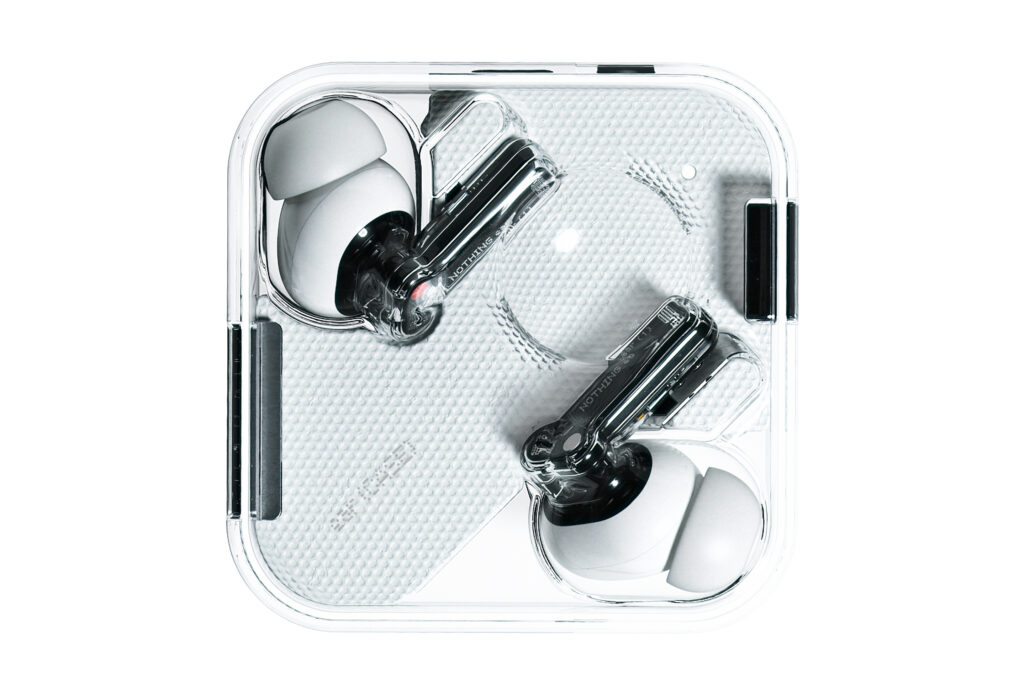
OPPO Watch 2 is announced, which is priced in CNY1,299-1,999 (USD200-310). It features curved AMOLED display with 326ppi and 60Hz refresh rate, Qualcomm Snapdragon Wear 4100 with a custom Apollo 4s co-processor by Ambiq. The watch supports 24-hour heart rate tracking and SpO2 (blood oxygen) monitoring, plus sleep analysis (with snoring risk assessment), stress monitoring and so on. It features over 100 sports modes. (GSM Arena, Weibo, XDA-Developers)
Bang & Olufsen Beoplay EQ TWS is launched, priced at USD399 / GBP359 / EUR399. They feature a 6.8mm electro-dynamic driver, with a frequency range of 20Hz-20,000Hz. They connect through Bluetooth 5.2 with Qualcomm aptX adaptive on board. They are IP54 water and sweat resistance. Battery life is claimed to be up to 6.5 hours with ANC active, while the included charging case adds another 13.5 hours (20 hours in total). (Pocket-Lint, The Verge)
Zepp Health, formerly Huami, has announce that it is investing USD2.4M to lead the USD6.5M Series A round of funding for the development of MRI and robotics technology, which would help improve medical diagnoses. It will be investing in neuro42, who has an exclusive worldwide license of the low field MR imaging technology. (Gizmo China, PR Newswire, Seeking Alpha, Sina, IT Home)
Huawei Kid’s Watch 4 Pro is released, priced at CNY998. This watch has a built-in 5MP high-definition camera with clear calls. It also integrates Huawei’s self-developed network positioning service. It has powerful positioning capabilities, accurate footprints around the clock, complete control of the child’s location, and SOS one-key emergency call for help. (My Drivers, Huawei, IT Home)
JBL unveils Live Pro+ TWS in India, priced at INR16,999 (USD229). The earbuds feature Adaptive Noise Cancellation, Ambient mode, and several other features. The products are ergonomically designed for maximum comfort when used for extended periods. (Gizmo China, JBL)
Huawei Watch GT 2 Pro ECG and Band 6 Pro announced in China, priced at CNY3,088 (USD478) and CNY449 (USD70), respectively. Both offer incremental upgrades over their standard versions with the Watch GT 2 Pro ECG offering electrocardiogram readings while Band 6 Pro comes with body temperature measurements. (GSM Arena, CN Beta, Huawei, NDTV)
Facebook is exploring the idea of letting users synchronize workout data from Oculus virtual-reality headsets with Apple’s Health app on iPhones. The feature would allow a user of the Oculus Move workout system to add data, e.g., the number of calories burned to the iPhone Health app. (Bloomberg, 9to5Mac, MacRumors)
Facebook will create a product team to work on the “metaverse”, a concept related to VR and AR that involves creating digital worlds that multiple people can inhabit at the same time. Facebook is heavily investing in AR and VR technologies because they offer the company the possibility of controlling its own hardware platform. (CN Beta, The Verge, TechCrunch, CNBC)
Facebook CEO Mark Zuckerberg has confirmed that its next hardware launch will be its long-awaited Ray-Ban “smart glasses”, in partnership with EssilorLuxottica. It will be launched sometime in 2021. (CN Beta, The Verge, Seeking Alpha)
Huawei Smart Screen V 75 Super is announced, priced at CNY24,999. Huawei Smart Screen has launched three series of X, V, and S. They correspond to “top technology”, “cinema audio and video”, and “young trend”, respectively. The Huawei Smart Screen V 75 Super uses Huawei’s self-developed Honghu SuperMiniLED precision matrix backlight solution. (Laoyaoba, My Drivers, My Drivers, Huawei, GizChina)
Huawei Sound X 2021 Smart Speaker is announced featuring 360° surround LED lights. The fuselage is surrounded by 48 full-color LED lights in 360°. The light and shadow follow the rhythm of the music. The new-gen Sound X uses a 360° all-metal sound hole and a 3D surface seamless process with a thickness of only 0.8mm. It is priced at CNY2,199. (CN Beta, Huawei, Gizmo China)
Cassie, a bipedal robot that is all legs, has successfully run five kilometers on a single charge, all without having a tether. The machine serves as the basis for Agility Robotics’ delivery robot Digit. Oregon State University is able to train Cassie in a simulator to enable it to go up and down a flight of stairs without the use of cameras or LIDAR. (CN Beta, TechCrunch, Engadget, Oregon State University)
Walmart has announced it will begin offering several of its own technologies and capabilities to other businesses and brands seeking to better serve customers as they increasingly shop across digital and physical storefronts. As part of this effort, Walmart has also announced a strategic partnership with Adobe to integrate Walmart’s Marketplace, online and in-store fulfillment and pickup technologies with Adobe Commerce, a leading commerce solution for merchants and brands. (TechCrunch, Walmart)


